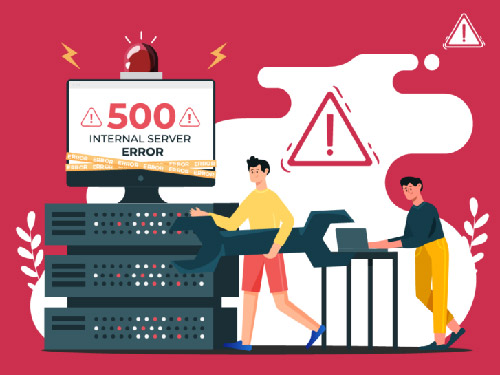DevOps: Streamlining Software Development and IT Operations
Businesses need to deliver software updates and new features at lightning speed. This is where DevOps comes into play. DevOps, short for Development and Operations, is not just a buzzword but a cultural and technical shift that has revolutionized the way software is developed and delivered.
At its core, DevOps is a set of practices that combines software development (Dev) and IT operations (Ops). It emphasizes collaboration, communication, and integration between these traditionally siloed teams. By breaking down these barriers, DevOps aims to:
- Accelerate Software Delivery: DevOps practices like continuous integration and continuous delivery (CI/CD) automate the software development and deployment process, enabling faster and more frequent releases.
- Improve Software Quality: Automated testing and continuous monitoring help identify and resolve bugs early in the development cycle, leading to higher quality software.
- Enhance Reliability and Stability: DevOps promotes infrastructure as code (IaC), which ensures consistent and reproducible infrastructure configurations, reducing the risk of errors and downtime.
- Increase Efficiency and Productivity: Automation and streamlined workflows free up developers and operations teams to focus on higher-value tasks.
Key DevOps Practices:
- Continuous Integration (CI): Developers frequently merge their code changes into a shared repository, triggering automated builds and tests to detect integration issues early on.
- Continuous Delivery (CD): CD extends CI by automating the release process, ensuring that code changes are automatically deployed to production environments in a controlled and reliable manner.
- Infrastructure as Code (IaC): Infrastructure is managed using code, allowing for version control, automation, and consistent deployments.
- Microservices: Applications are broken down into smaller, independent services that can be developed, deployed, and scaled independently.
- Monitoring and Logging: Real-time monitoring and logging provide insights into application performance and help identify and resolve issues quickly.
Benefits of Adopting DevOps:
- Faster Time to Market: DevOps enables businesses to deliver software updates and new features to market faster, gaining a competitive edge.
- Improved Customer Satisfaction: High-quality software and faster delivery lead to increased customer satisfaction and loyalty.
- Reduced Costs: Automation and increased efficiency result in lower development and operational costs.
- Enhanced Collaboration: DevOps fosters a culture of collaboration and communication between development and operations teams, leading to improved teamwork and productivity.
Conclusion:
DevOps is more than just a set of tools or technologies; it's a cultural and organizational transformation. By embracing DevOps principles and practices, businesses can streamline their software development and delivery processes, improve software quality, and achieve faster time to market. In today's competitive landscape, adopting DevOps is no longer an option but a necessity for organizations looking to stay ahead of the curve.
















